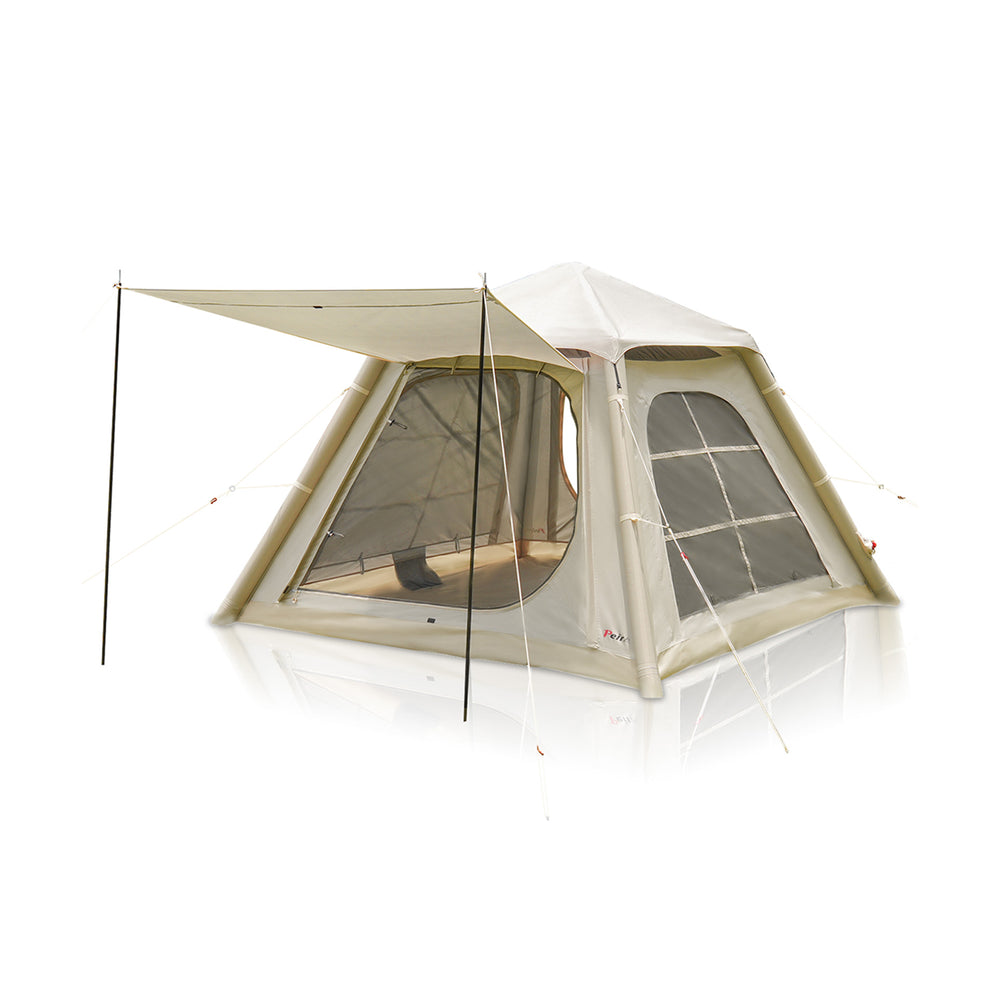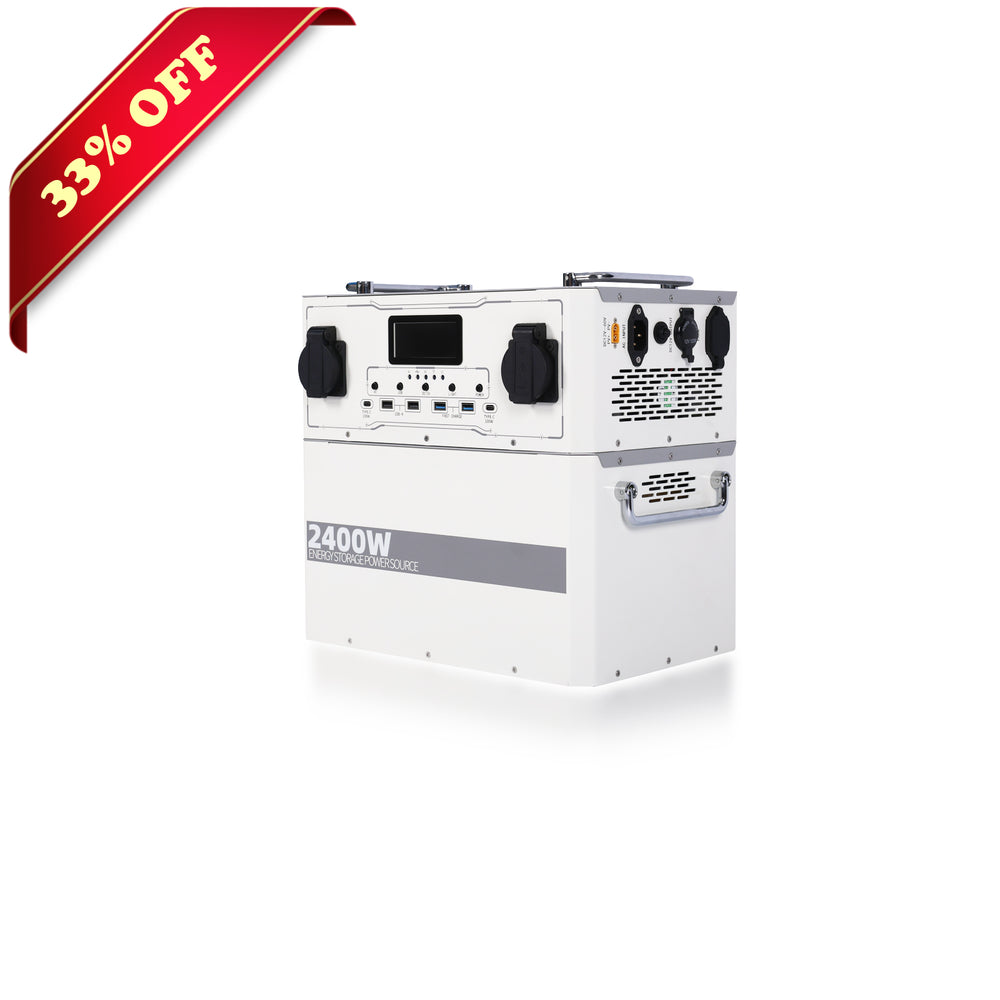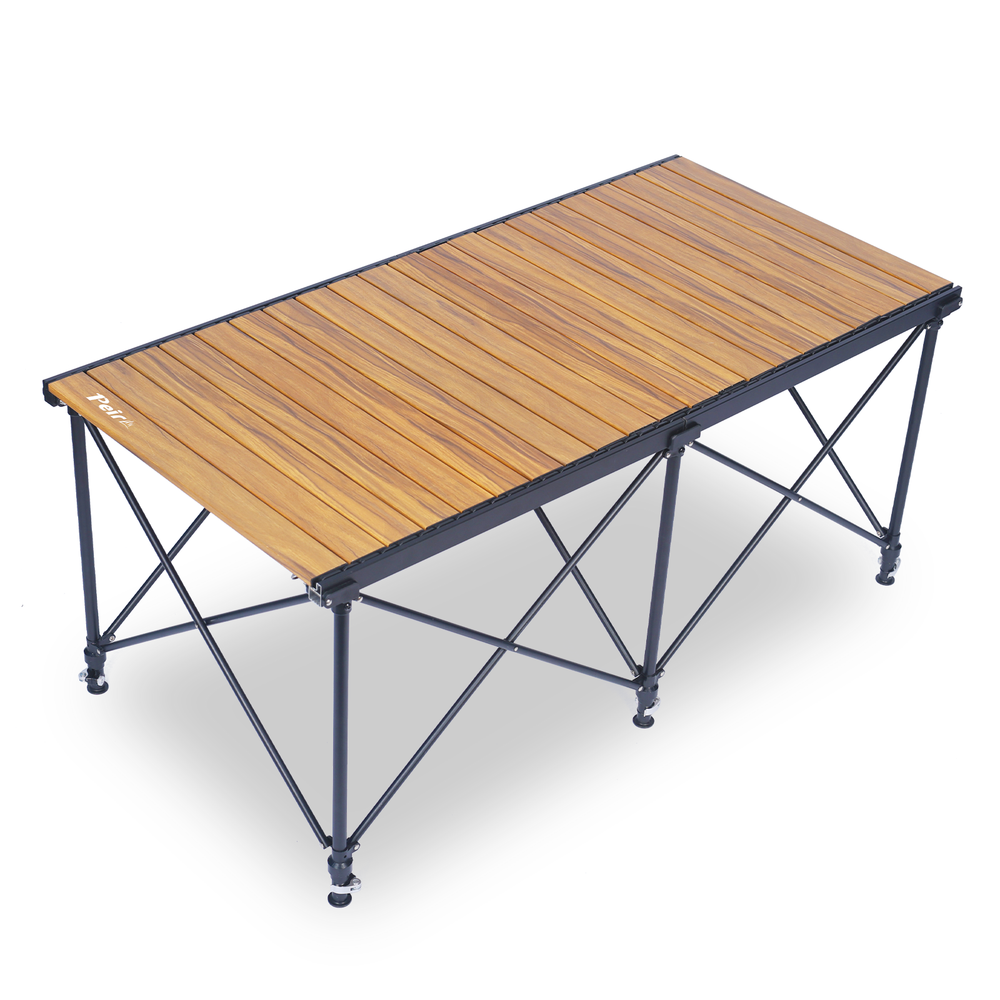When it comes to mobile power, a portable power station is one of the best solutions available. Whether you're looking for an emergency backup or something to keep your devices running during a camping trip, these power sources are incredibly reliable. But with so many options on the market, choosing the right portable power station can be tricky. If you're unsure about what wattage you need, you may find yourself overwhelmed by the choices.
To help simplify your decision-making process, we've created a step-by-step guide to selecting the perfect portable power station for your needs.
Step 1: Identify the Devices You Plan to Power
Start by making a list of the devices you intend to power. Smaller gadgets like phones and laptops consume much less power compared to larger items such as refrigerators or electric heaters. Knowing what you want to power will give you a clearer idea of the wattage required.
Step 2: Calculate Your Total Wattage Requirements
Once you have your list of devices, the next step is to determine the total wattage you need. To do this, check the wattage rating of each device, which can usually be found on a label on the back or bottom of the item. If you're unable to locate the wattage, try using an online appliance energy calculator to estimate the amount of power it consumes.
Add the wattage of all devices you plan to use simultaneously to calculate the total wattage required. This will give you a better sense of the power station's capacity you'll need to meet your requirements.
Step 3: Consider the Capacity of the Power Station
Next, you'll need to evaluate the capacity of the power station, which is usually measured in watt-hours (Wh). The higher the capacity, the more energy the station can store, meaning it will power your devices for a longer period.
To give you a clearer picture, a 1,000-watt power station can supply power to a 1,000-watt device for one hour. If you're powering a 100-watt device, like a mini-fridge, the same 1,000Wh station would last for 10 hours (100 watts x 10 hours = 1,000Wh).
The key is ensuring the power station's capacity exceeds the total wattage requirement for your devices. But keep in mind, the capacity rating doesn't necessarily mean the power station can consistently output that amount of energy. Output wattage is another important factor to consider.
Here’s a breakdown of common power station sizes and their typical uses:
- Small (100-200Wh): Perfect for charging small devices like phones, tablets, or laptops. Ideal for short trips or emergency situations.
- Medium (300-500Wh): Suitable for powering laptops, small appliances, and lights. A great choice for camping or weekend adventures.
- Large (500-1000Wh): Can handle larger appliances such as TVs and mini-fridges. A good fit for extended camping trips or as a backup during power outages.
- Extra Large (1000Wh+): Capable of powering most household appliances. Best for off-grid living or as an emergency power backup.
Step 4: Check the Output Wattage of the Power Station
The output wattage of a portable power station refers to the maximum amount of power it can supply at any given moment. This is crucial because you want to ensure the output wattage is sufficient to handle the most power-hungry device in your list.
For example, if you're planning to run a device that requires 1,000 watts, you’ll need a power station with an output wattage of at least 1,000 watts. Don't forget that some devices may have a surge wattage, which is the additional power needed when they’re first turned on.
Step 5: Consider Portability and Features
Portability is a key feature when it comes to power stations. If you're planning to take your power station on camping trips or use it for travel, make sure it's lightweight and easy to carry. Additionally, check for extra features like built-in USB ports, AC outlets, and DC ports, which can add to the station's versatility.
Step 6: Factor in the Price and Warranty
Lastly, compare prices and consider the warranty provided by the manufacturer. It's important to find a power station that fits within your budget but also offers a good warranty in case of any issues.
Recommended reading:
Portable Power Stations vs. Generators: Key Differences
When it comes to choosing a portable energy solution, both generators and power stations offer unique benefits. Let’s dive into the main differences between them:
1. Energy Generation
The biggest distinction between the two lies in how they generate power. Generators create electricity using fuel like gasoline or diesel, essentially functioning as mini power plants. Some models are even capable of powering an entire home, making them ideal for heavy-duty applications.
On the other hand, portable power stations don’t generate power. Instead, they store it. Think of them as large rechargeable batteries that you can take with you, ready to supply power when needed.
2. Power Capacity
Generators generally provide much higher power output, ranging from 1,000W to 10,000W or more. This makes them suitable for running large appliances, tools, and heavy-duty equipment.
In contrast, portable power stations typically offer a more modest power range, from 100W to 1,000W. While they can't handle large appliances, they are perfect for charging phones, laptops, and running smaller devices or appliances.
3. Runtime
Generators can run for long periods — typically up to 16 hours for gasoline models, and even longer for propane-powered ones. This makes them great for extended use without frequent refueling.
Portable power stations, however, are more limited in runtime. Depending on the device and load, they usually provide around 10 hours of emergency power before needing a recharge. The actual runtime will vary depending on the power demand of your devices.
4. Noise and Emissions
Noise and emissions are another point of difference. Generators, especially gas-powered ones, can be loud and emit harmful gasses, which can be disruptive and unsafe in certain environments.
Portable power stations, on the other hand, are silent and emission-free. They’re perfect for quiet activities such as camping or using in places where noise and air pollution are a concern.
5. Portability and Maintenance
When it comes to portability, portable power stations have the edge. They are lightweight, easy to transport, and require minimal maintenance. This makes them ideal for outdoor activities like camping, tailgating, or even road trips.
Generators, while still portable in certain models, are bulkier and require more maintenance. They’re essential for high-demand applications like construction sites or large-scale events, where their high power capacity is necessary.
6. Cost
Generators typically have a lower upfront cost. However, they come with ongoing fuel expenses, which can add up over time.
Portable power stations usually have a higher initial cost, especially if they are equipped for solar charging. However, they have very low ongoing costs, especially when recharged with renewable energy sources like solar panels, making them more economical in the long run.
How Do I Know What Size Portable Power Station I Need?
Choosing the right size for a portable power station depends on your intended use. To find the ideal size, you’ll need to do a bit of calculation. Start by identifying the wattage required by your devices. If your devices list amps, simply multiply by the voltage to get watts. If you’re unsure, do a quick online search.
Determine how long you’ll use each device. Multiply the hours by the device’s wattage to find the total watt-hours needed. To account for energy inefficiencies, divide the total watt-hours by 0.85. This result indicates the minimum capacity of the power station you should consider.
It’s essential to remember that many consumers don’t buy a power station for one specific device but rather for versatile power access in various situations. Ensure your chosen power station suits diverse power needs for both home and business.












 Peirhw Inflatable House Tent - Starry Night Love
Peirhw Inflatable House Tent - Starry Night Love
 Peirhw Glamping Tents - Friendship Castle
Peirhw Glamping Tents - Friendship Castle
 Peirhw Inflatable Canopy Tent - Adventurer
Peirhw Inflatable Canopy Tent - Adventurer



 Peirhw Portable Air Conditioner
Peirhw Portable Air Conditioner
 【Advance Sale】Peirhw Portable Power Station 2400W
【Advance Sale】Peirhw Portable Power Station 2400W
 【Advance Sale】Peirhw Portable Power Station 600W
【Advance Sale】Peirhw Portable Power Station 600W





 Peirhw Self Inflating Sleeping Pad
Peirhw Self Inflating Sleeping Pad
 Peirhw Air Mattress (8" Queen Type)
Peirhw Air Mattress (8" Queen Type)
 Peirhw Camping Sleeping Bag
Peirhw Camping Sleeping Bag


 Peirhw Butterfly-shaped Canopy for Camping
Peirhw Butterfly-shaped Canopy for Camping
 Peirhw Camping Waterproof Canopy (Cannot be Purchased Separately)
Peirhw Camping Waterproof Canopy (Cannot be Purchased Separately)


 Peirhw Outdoor Folding Chairs
Peirhw Outdoor Folding Chairs
 Peirhw Folding Camping Table
Peirhw Folding Camping Table












